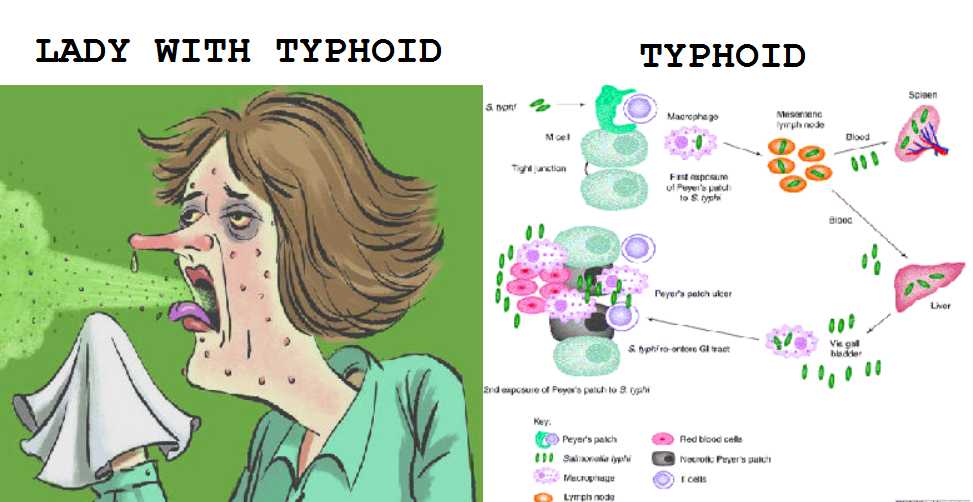244.WHAT IS TYPHOID FEVER?
As man learns how to keep himself more clean and sanitary practices spread through the world, some of our worst diseases are gradually eliminated. One of these is typhoid fever. Just 60 years ago, thousands upon thousands of people were dying from it every year. Now deaths from typhoid average only a fraction of what they were, and are now confined mainly to the more backward regions.
Typhoid fever is caused by a bacillus called Salmonella typhosa. It lives in the products of excretion. After it leaves the body, the bacilli can continue to exist, but they do not multiply.
Some people who have had the disease become cured but continue to be typhoid carriers. This means their body still gives off the bacilli that cause the disease, even though they themselves are now healthy. This is because one attack of typhoid fever usually makes the infected person immune for life.
So a person who spreads the typhoid bacilli may spread it into sewage. The sewage may contaminate water that people drink or shellfish that are in the water. Quite often, uncooked foods are contaminated by the soiled hands of a typhoid carrier. Flies may also carry the bacilli to food.
When a person gets typhoid, he begins to feel generally ill and feverish. He will have headaches, chills, and sweats, as well as periods of delirium. A blank, staring expression is a common sign. The fever reaches a high level where it remains for a week or two and then begins to go down. In about 30 days, the temperature is normal. A rash also appears during the disease.
Today typhoid can be prevented by sanitary handling of water and sewage in a community. Also, people who might be typhoid carriers should not be allowed to handle food. There is a vaccine for typhoid fever which usually lasts for at least a year and may last for a number of years.



Leave a Reply